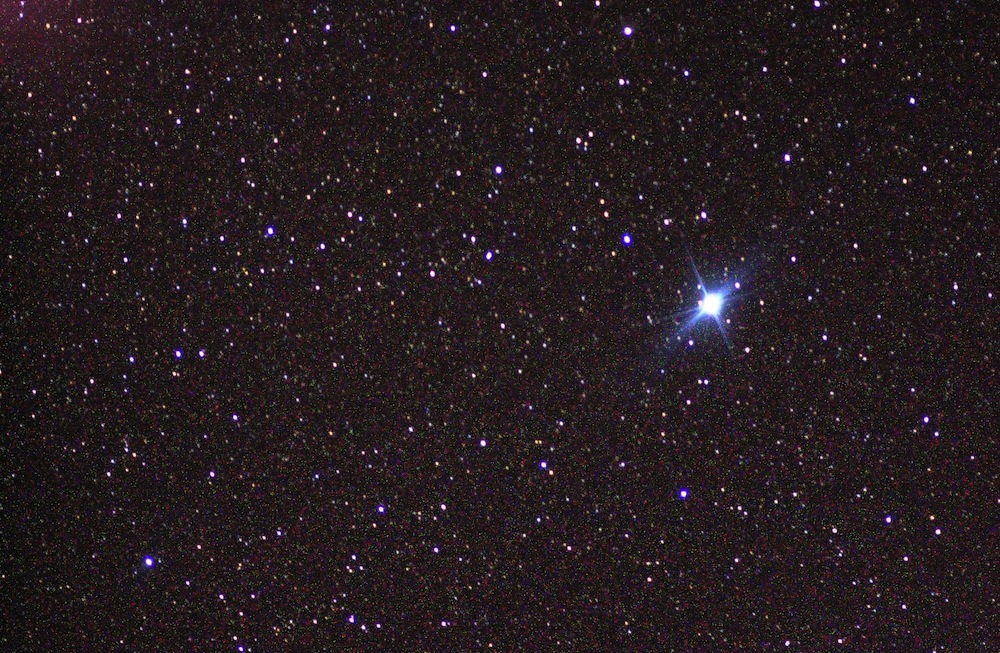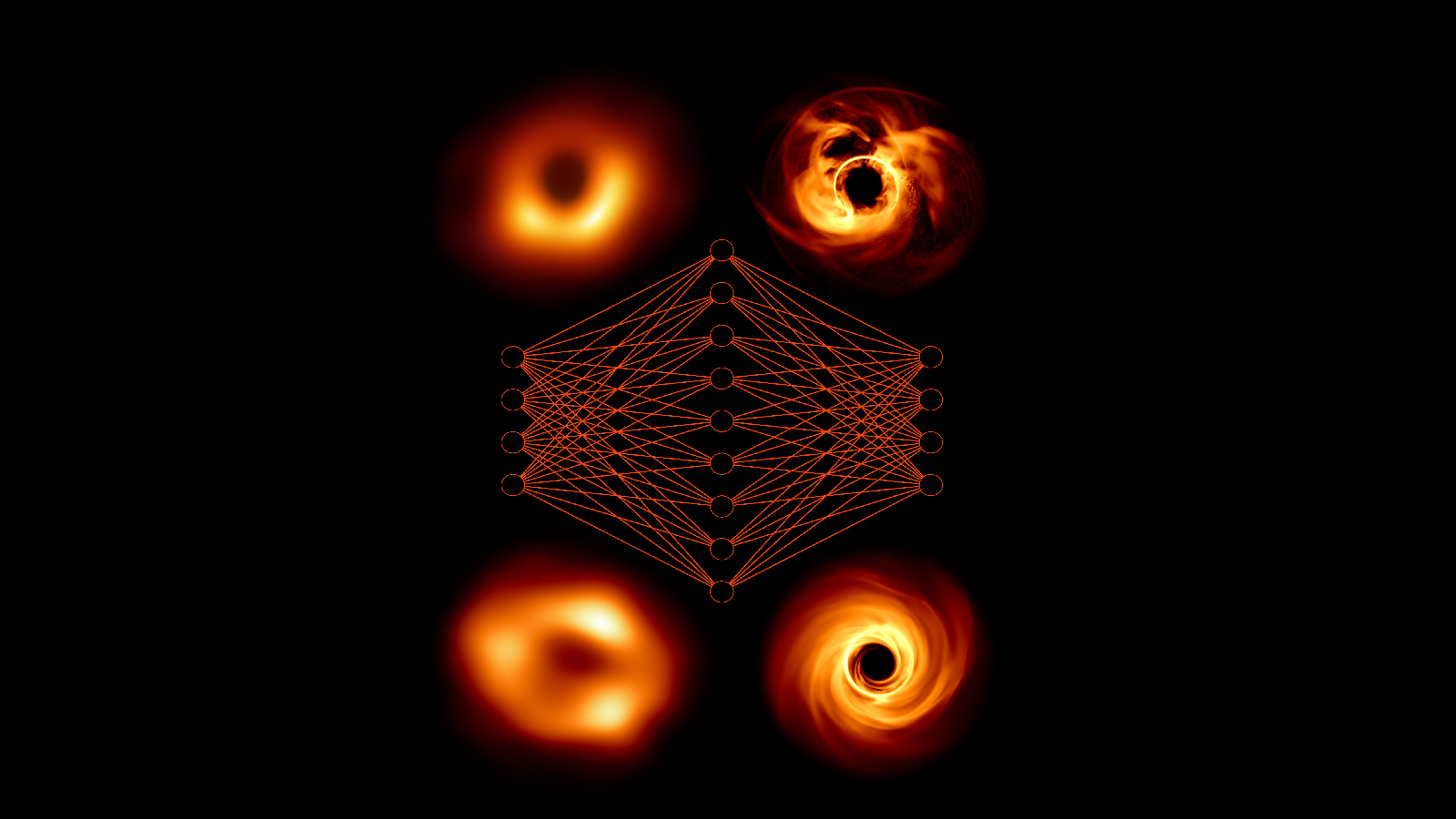Canopus: Amazingly Bright Star

Canopus is a bright star most easily visible in the Southern Hemisphere. It is in the constellation Carina, the keel. The star is of a fairly rare type, considered a class F giant on the main sequence of stars. This means it has a mass close to that of the sun.
Because the star's spectral class is not well studied, it is difficult to establish how far away Canopus is. Parallax measurements with the Hipparcos satellite have established it to be about 313 light-years away.
The star's apparent distance from the sun, as well as its brightness compared to the star field around it, makes it a good star for spacecraft to regulate their attitude in orbit, according to the Encyclopedia Britannica.
In science fiction, Canopus is perhaps best known for being the parent star for Arrakis, a dusty desert planet in the "Dune" universe.
Locating Canopus
Canopus' southern location (it is invisible above about 37 degrees north) means that it is invisible across most of Europe, not to mention all but the most southern reaches of the United States. Canopus' location is:
- Right ascension: 6 hours 23 minutes 57.1 seconds
- Declination: -52 degrees 41 minutes 45 seconds

Canopus to the ancients
Canopus was, however, visible in Greece, where it got its name.
"According to Greek legend, Canopus was the name of the pilot of the fleet of Menelaus when that red-haired king (and husband of Helen) tried to sale home from the sack of Troy," wrote astronomer Fred Schaaf in his book "The Brightest Stars: Discovering the Universe through the Sky's Most Brilliant Stars." [The Brightest Stars in the Sky: A Starry Countdown]
"When the ships came to Egypt, the story goes, Canopus went ashore and was promptly bitten by a poisonous snake and died. In his honor, we are told, Menelaus gave his pilot's name to both the port he founded there and the bright star that rose while he was making the dedicatory speech."
The star was observed also by the Egyptians, by the Mesopotamians in the Middle East, and the Navajo, among other cultures.
Canopus in modern times
Because Canopus was invisible from much of the Northern Hemisphere, this made it a poorly studied star until the space age and frequent international travel made Southern Hemisphere star study more common. Further, the star was of an unusual type (a hydrogen-fusing class F giant), which made it difficult to estimate its intrinsic brightness since there were so few examples to compare it to. This led to some inaccurate estimates of Canopus' luminosity, with reported estimates ranging as high as 60,000 times that of the sun.
More accurate measurements finally arrived in the 1990s following the launch of the European Space Agency's Hipparcos satellite. It was "the first space mission dedicated to measuring the positions, distances, motions, brightness and colors of stars – for astrometry, as the experts call it," NASA wrote on a website describing the mission.
Measurements from Hipparcos pinpointed the distance of Canopus (313 light-years away) and its luminosity (at least 12,000 times that of the sun.) The luminosity makes it the second-brightest star in the night sky despite its distance from Earth. One estimate says that if Canopus were placed in the location of Sirius (the brightest star, which is 8.3 light years away), Canopus would easily outshine all the other stars in the sky.
Besides being an interesting astronomical object in itself, Canopus has been used to adjust the position of spacecraft in space. One notorious example took place in 1974, when NASA's Mariner 10 spacecraft (en route to Mercury) got confused between Canopus (which it was navigating by) and a bright particle in its viewfinder. The problem was detected at launch and at its worst, interfered with the spacecraft about 10 times a week. Although Mariner 10 lost a lot of fuel in extra maneuvers to compensate for the problem, it made it to Mercury as planned.
Canopus in science fiction
In the "Dune" universe written by Frank Herbert, the dusty planet of Arrakis (the setting of the first book in particular) is one of the planets circling Canopus. The planet, which apparently has little to no water on the surface, contains a valuable spice said to be the basis of commerce in the civilization.
In 2010, the International Astronomical Union approved the name "Arrakis Planitia" to mark a plain on Titan, a moon of Saturn. The citation notes that the feature was named after the Canopus planet in Dune, which is "home of the Fremen, a group of fictional people whose culture revolves around preservation and conservation of water, which is a rare commodity on the planet."
Planets surrounding Canopus were referred to in several original series "Star Trek" episodes, such as "The Eye of the Beholder" and "Where No Man Has Gone Before." Other fictional franchises that mention Canopus include the BattleTech gaming series, the "Canopus in Argos" book series by Doris Lessing and "The Star Kings," a 1947 novel by Edmond Hamilton.
Join our Space Forums to keep talking space on the latest missions, night sky and more! And if you have a news tip, correction or comment, let us know at: community@space.com.
Breaking space news, the latest updates on rocket launches, skywatching events and more!

Elizabeth Howell (she/her), Ph.D., was a staff writer in the spaceflight channel between 2022 and 2024 specializing in Canadian space news. She was contributing writer for Space.com for 10 years from 2012 to 2024. Elizabeth's reporting includes multiple exclusives with the White House, leading world coverage about a lost-and-found space tomato on the International Space Station, witnessing five human spaceflight launches on two continents, flying parabolic, working inside a spacesuit, and participating in a simulated Mars mission. Her latest book, "Why Am I Taller?" (ECW Press, 2022) is co-written with astronaut Dave Williams.
